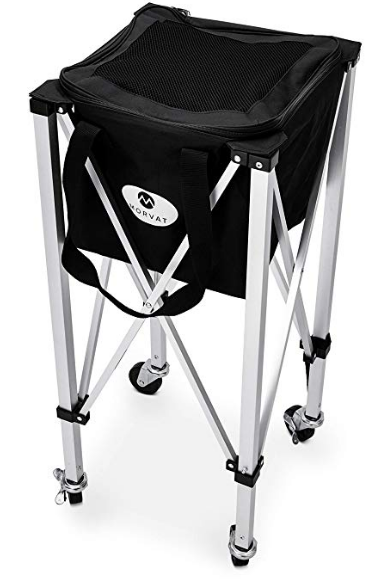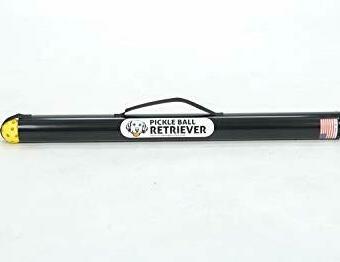The pickleball court is relatively small with dimensions of 20' x 44'. In fact, much of the action takes place at the non-volley zone (NVZ) at a distance of 14-19 feet. How can we increase our reaction time when the game is played so close to one another? The answer lies in what we do before we hit the ball.
Our partner often receives a non-threatening shot: a dink, a return of serve, or a drop shot. What do you do when these shots go to your partner? Are your eyes glued at your opponents trying to pick up on their next move? If so, you are a step behind and may find yourself playing catch-up. Instead, try watching your partner return these non-threatening shots. Look at their body to see if it is opened up to go cross-court or if it is closed off to go down the line. Look to see if they pop it up or bring pace to the ball. This gives you inside intel as to where the ball is going and where you should move to prepare for the next shot.
How does watching your partner hit help you prepare for the next shot? If my partner dinks to go cross-court, I will make sure I am covering my line in hopes that they will follow their shot and cover the middle. If my partner dinks down the line, I will make sure I move to cover the middle while they cover the line. If my partner brings pace to the ball, I will expect a fast ball back. If the ball pops up off my partner's paddle, I will take a step back to give myself extra time to prepare to block a hard hit ball from my opponents.
Another way to slow the game down is to make sure you are balanced as the ball comes off your opponent's paddle. I achieve this balance by utilizing a split-step. As my opponent strikes the ball I come to a stop with my feet a little wider than shoulder width apart and my weight on my toes. This allows me to be more in control and create a contact point in front of my body. My paddle is in the ready position above my waist and I try to read the ball off my opponent's paddle to determine how I move to hit the next ball.
My last tip for slowing the game down is to keep your head down and watch the ball strike your paddle. Pulling your eyes off the ball too early will often lift your head. Lifting your head often causes the ball to miss the sweet spot of your paddle. I find that watching the ball up until contact helps me to hit more consistently. My target area is often at my opponent's feet, which forces my opponent to lift the ball. When my opponent has to lift the ball, it slows the game down creating more reaction time.
Give these three tips a try: watch your partner hit non-threatening shots, get balanced as your opponent strikes the ball, and keep your head down and watch the ball strike your paddle. Any player at any level can utilize these tips to help slow the game down. As you make these three things a natural part of the game, your mind will be freed up to determine the best shot selection and placement of your shots. To see these tips in action, check out my video here.
The Pickleball Retriever and the Morvat Tennis Ball Cart are great ways to make practice and drilling more fun!
Disclaimer: The pictures have affiliate links and I will make a commission at no extra cost to you if you purchase one of the products.



